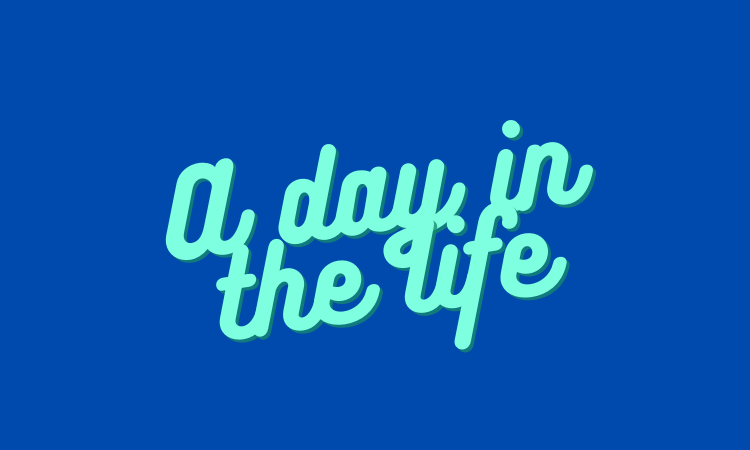Day in the Life
On rising early and finding time to hear the train go by: A day in the life of Deque Systems’ Patrick Sturdivant
- Patrick Sturdivant is the vp and chief strategy consultant at Deque Systems, which helps FIs build accessible products.
- Along with ensuring more companies prioritize accessibility standards during his workday, Patrick is building a house that will sound and feel pretty while also being ADA compliant.









